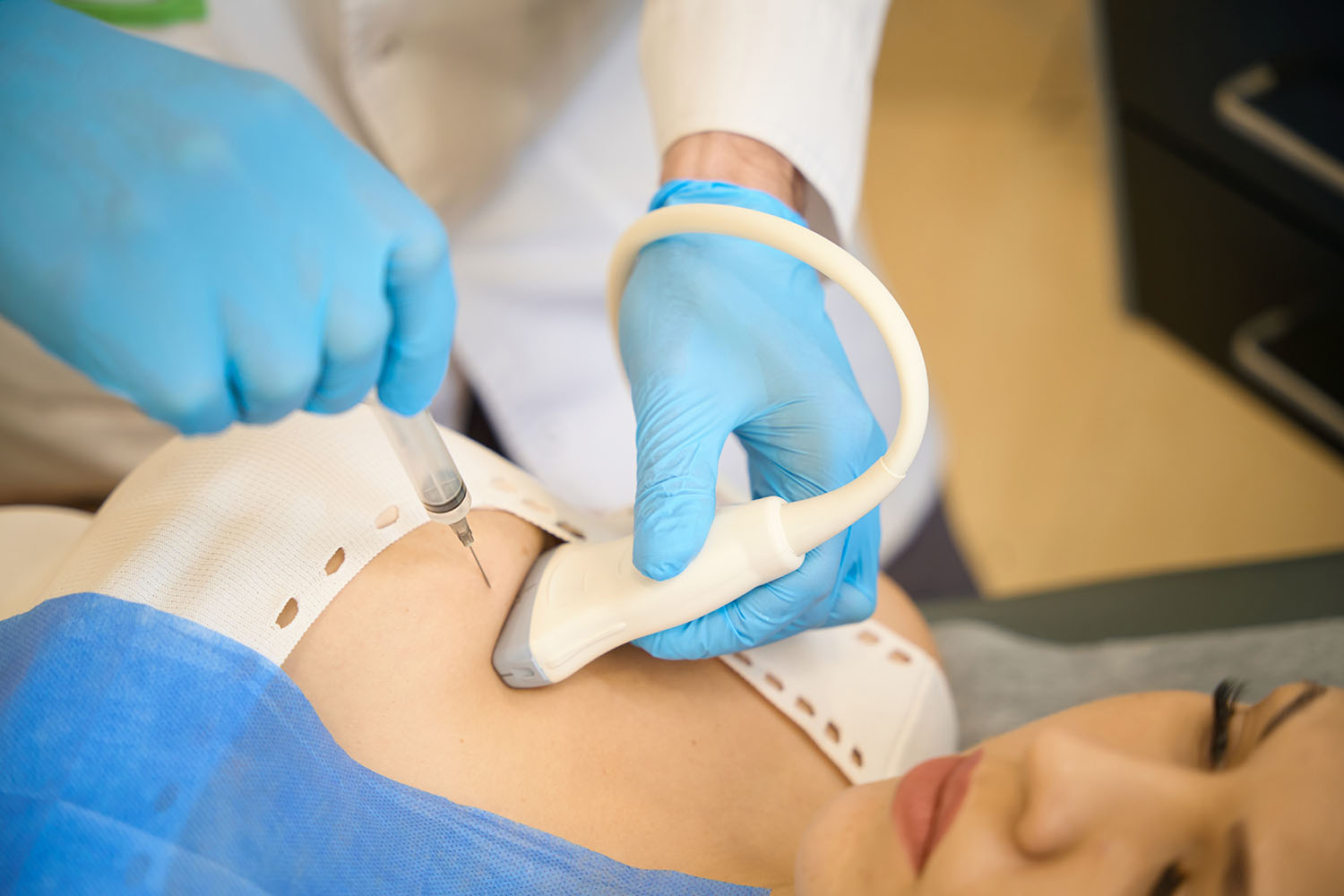Overview
Fine-Needle Aspiration (FNA) is a diagnostic procedure used in medical practice to investigate lumps or masses in the body. This minimally invasive technique has become an essential tool for pathologists and radiologists worldwide. In this blog, we will explore the FNA full form, its procedure, applications, and benefits, drawing on facts and international research.
What is FNA?
The FNA full form stands for Fine-Needle Aspiration. It is a diagnostic procedure where a thin, hollow needle is inserted into a mass or lump to extract a small sample of cells. This sample is then examined under a microscope to diagnose conditions such as infections, inflammations, and cancers.
The Procedure
The FNA procedure is relatively simple and quick. Here’s a step-by-step outline:
- Preparation: The area of the body where the needle will be inserted is cleaned and sometimes numbed with a local anesthetic.
- Insertion: A thin needle is inserted into the lump or mass. Ultrasound or CT guidance is often used to ensure precise placement of the needle.
- Aspiration: A syringe is attached to the needle to withdraw a small sample of tissue or fluid.
- Sample Processing: The sample is then spread on a glass slide, stained, and examined under a microscope by a pathologist.
Applications of FNA
FNA is widely used to diagnose various conditions across different parts of the body. Some common applications include:
- Thyroid Nodules: FNA is the preferred method for evaluating thyroid nodules and distinguishing between benign and malignant growths.
- Breast Lumps: It is commonly used to assess breast lumps, helping in the early detection of breast cancer.
- Lymph Nodes: FNA helps in diagnosing infections, lymphomas, and metastatic cancers affecting lymph nodes.
- Liver and Pancreas: It is utilized for diagnosing liver and pancreatic lesions, aiding in the detection of primary and metastatic cancers.
Benefits of FNA
The FNA procedure offers several advantages:
- Minimally Invasive: Unlike surgical biopsies, FNA is less invasive and does not require large incisions.
- Quick and Efficient: The procedure is typically completed within 30 minutes, and patients can usually resume normal activities immediately.
- Low Risk: FNA carries minimal risks, with rare complications such as bleeding or infection.
- Cost-Effective: It is generally more affordable compared to other diagnostic methods, making it accessible to a broader population.
International Research and Advancements
Research from various parts of the world continues to highlight the effectiveness and safety of FNA. Studies have demonstrated high diagnostic accuracy, especially when combined with imaging techniques like ultrasound and CT scans. For instance, research published in the Journal of Clinical Endocrinology & Metabolism emphasizes the role of FNA in the accurate diagnosis of thyroid nodules, reducing the need for unnecessary surgeries.
In countries like Sweden and Japan, FNA has been integrated into routine cancer screening programs, showcasing its importance in early cancer detection and management. Advances in needle technology and imaging guidance have further enhanced the precision and reliability of FNA, making it a cornerstone of modern diagnostic medicine.
Fine-Needle Aspiration (FNA) is a vital diagnostic tool with widespread applications and significant benefits. Understanding the FNA full form and its role in medical diagnostics helps appreciate its contribution to early disease detection and treatment planning. As research and technology continue to evolve, FNA will undoubtedly remain a crucial procedure in the global healthcare landscape.



